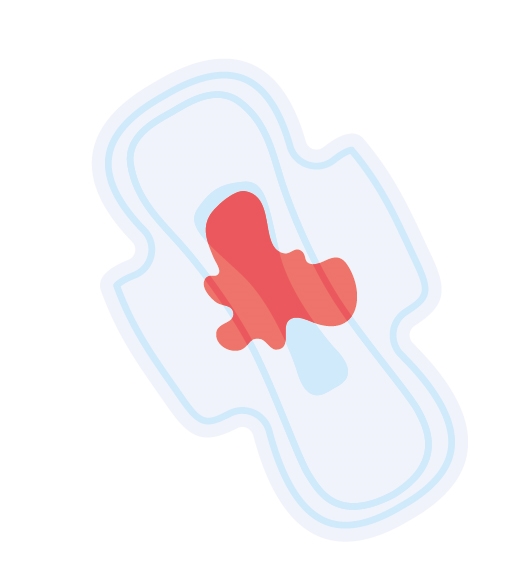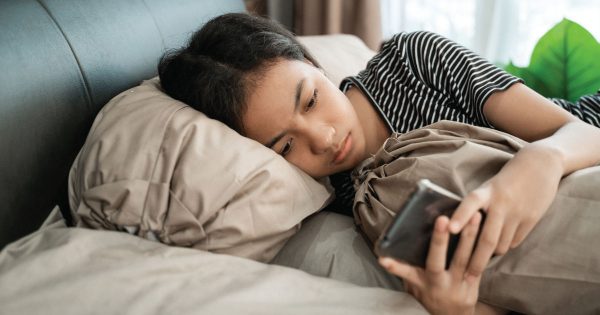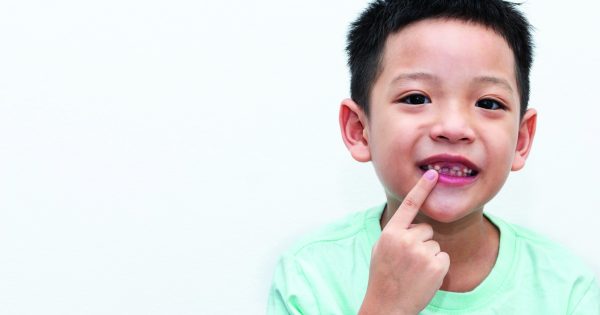Menstruation, more commonly referred to as a woman’s period, is vaginal bleeding that occurs monthly. Painful periods are referred to medically as “dysmenorrhea”.
What is dysmenorrhea?
When your teenage daughter starts menstruating, she may experience period pains every month. Lower abdomen cramps, lower backache, nausea, bloating or headache are all common symptoms of dysmenorrhea, and she may have difficulty dealing with these symptoms.
Period pains are most likely caused by an excess of the hormone-like substance prostaglandins, produced by the uterus. Prostaglandins cause a woman’s uterus muscles to tighten and relax, in order to expel its lining every month, and this often results in pain.
Period pains usually occur when one starts bleeding and can last for two or three days, sometimes even longer. It is commonly believed that one’s period pains will diminish as she grows older or after she has a child.
There’s also something known as secondary dysmenorrhea, which is caused by another medical condition, such as pelvic inflammatory disease or endometriosis. If your daughter suffers from heavy menstrual flow or irregular bleeding, it’s best to schedule a proper check up with a specialist.
Did you know?
Period pains are different from what is known as premenstrual syndrome (PMS). PMS is a condition that affects a woman’s physical and emotional wellbeing typically just before getting her period. Your child may feel moody, easily angered or just overwhelmed by emotion during this time, but that’s natural.
Pain management
The simplest way for your child to manage her period pains is with painkillers such as ibuprofen or paracetamol. If ordinary painkillers do not help, ask your doctor for a stronger painkiller, such as naproxen.
Make sure your daughter is eating a healthy diet rich in greens, fibre and vitamins and is always well-hydrated, getting enough sleep and keeping fit. She may not feel like exercising when she gets her period but staying active can actually reduce the pain. So do encourage moderate-intensity aerobic exercise, which improves blood circulation and releases endorphins, such as walking or jogging.
Home remedies
Try placing a heat pad or hot water bottle on her tummy (use a towel so she doesn’t hurt herself) or ask your daughter to take a warm shower/bath to help her relax. Some women enjoy massages (with essential oils) and other relaxation methods such as yoga and Pilates.
Acupuncture and acupressure may also be effective. Your child may find herbal remedies such as chamomile tea, ginger and cinnamon helpful too. However, it’s always best to check with a doctor before trying anything extraordinary.
All said, period pains are natural, common and can be managed effectively with medication and home remedies. Every individual is different so find out what works best for your child and chances are she will be better prepared to deal with her monthly ordeals, and not dread them! However, if your child experiences a sudden increase in her usual levels of pain, or if you notice anything abnormal, it’s always best to speak to a doctor to rule out anything serious.







Comments